One of the enduring symbols of the COVID-19 crisis is the homemade mask. Around the country people have been sewing cloth masks, for healthcare workers, community members and themselves. That sewing fits into a larger history.
Karina Neill is a photographer in the Southern Illinois city of Carterville. Her business has been closed during the coronavirus pandemic. But she’s kept busy with her Brother sewing machine.
“I started making masks for my husband, who was a healthcare health care worker. And then for my elderly neighbors, and more friends,” Neill says.
As the coronavirus intensified, more requests came in and Neill got busier and busier.
“[A] doctor, he asked me if I can help them make masks out of OR drape. And at that point, I’m like, well, I will need help for this,” she says.
Now Neill leads a sewing group of 11 women. They’ve made hundreds of masks for the community.
Their volunteer work is part of a long history of women taking up needles and thread as an act of service.
Professor Laura Kidd of the Fashion Design and Merchandising program at Southern Illinois University says this kind of work goes back to the very founding of America.
“Before and during the Revolutionary War, it became an act of patriotism for women to spin their own, spin their own yarns and produce their own clothing, the cloth and then the clothing,” she says.
At the time, most women knew how to knit and sew. During wartime there were other large-scale campaigns. Women knit socks and bandages for soldiers.
The 1918 flu epidemic prompted the Red Cross to encourage women to sew masks—something Kidd says is very similar to what’s happening today.
“Because there are many people that were against wearing masks but many people thought that wearing masks was good. So there was still that kind of fight. Is it a good thing or a bad thing to wear?” Kidd says.
Over time, though, these sewing and knitting campaigns became less common. Wartime supplies came from industry, not individuals. Handcrafts also lost popularity.
“Of course, when World War Two ended, all of these handcraft sort of fell by the way, it kind of was relegated and it wasn't really considered patriotic to knit anymore,” Kidd says.>
Knitting and sewing have seen a surge of renewed interest in recent years. Neill learned to sew when her daughter was younger and wanted a pink coat. Neill couldn’t find one in stores, so she designed one herself.
Then, years later, the coronavirus pandemic hit.
“To be honest, I have never made masks before,” Neill says. “But since I knew the basics of sewing, I said like I don't think it's gonna be difficult, and it's not.”
Some masks from Neill’s sewing group are made from regular cotton fabric. They’re donated to anyone in need — elderly neighbors, police officers, essential workers. The patterns range widely, from flowers to flags to paw prints.
They use materials that are donated, dropped off on front porches or picked up from local sewing stores.
Chuck Clark, the owner of Calico Country Sew and Vac in southern Illinois, started offering free fabric packs, leaving them outside the closed store.
“It's totally on the honor system. There's a box on the front porch. And there's a sign on the box that says that there's bags for making masks for healthcare workers,” Clark says.
Clark’s store could have remained open during Illinois’ lockdown, since it sold supplies for mask making. But he says many of his staff are in vulnerable categories, and he didn’t want to ask them to come in. Offering the fabric for free was his alternative.
From locals who sew, Neill has received more fabric, along with elastic and wire needed to make more closely fitted masks.
Neil’s group also makes another type of mask for healthcare workers. Those use surgical drape from Southern Illinois Healthcare and go to the staff there.
“They are also scared of being infected," she says. "They also have families to go back to, and maybe just a little mask, like kind of gonna brighten up their day because somebody's thinking about them. Somebody is caring about them."
This story was produced by Side Effects Public Media, a news collaborative covering public health.
 DONATE
DONATE




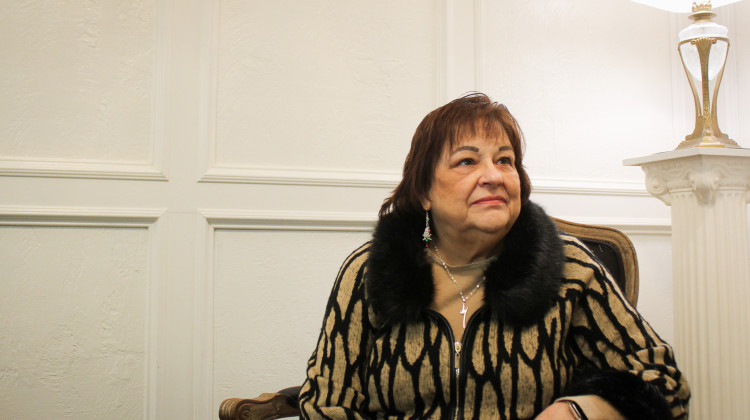
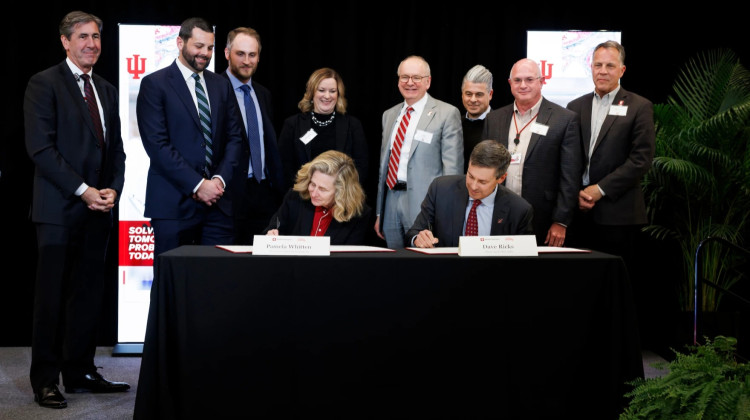

 View More Articles
View More Articles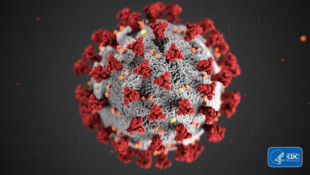
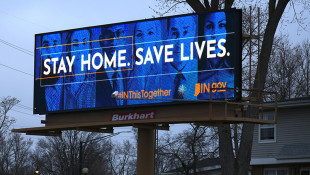
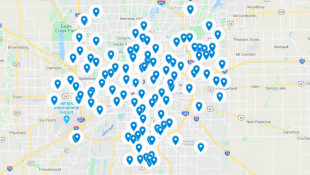

 Support WFYI. We can't do it without you.
Support WFYI. We can't do it without you.